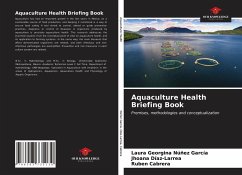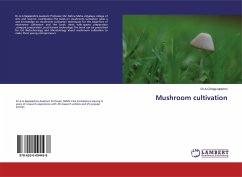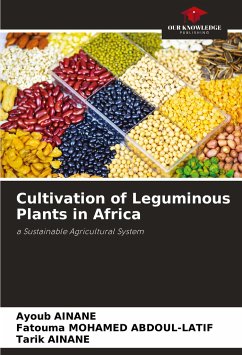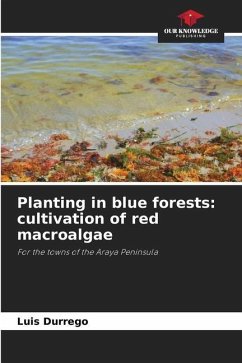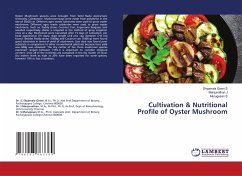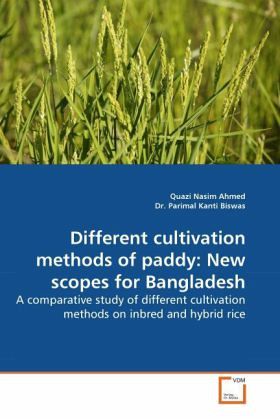
Different cultivation methods of paddy: New scopes for Bangladesh
A comparative study of different cultivation methods on inbred and hybrid rice
Versandkostenfrei!
Versandfertig in 6-10 Tagen
32,99 €
inkl. MwSt.

PAYBACK Punkte
16 °P sammeln!
A field experiment was carried out at Sher-e-Bangla Agricultural University, Dhaka, Bangladesh from December 2005 to May 2006. The experiment consisted of two level of treatments viz. variety and cultivation method (Sprouted seeds in line, sprouted seeds broadcast, nursery seedlings, SRI and clonal tillers). Nursery seedlings (control) showed the best performance. The highest grain yield (8.73 t/ha) and straw yield (9.21 t/ha) was obtained from the nursery seedlings. Maximum harvest index 52.47 was calculated in SRI and minimum harvest index 46.22 was found in sprouted seeds broadcast. Tillers...
A field experiment was carried out at Sher-e-Bangla Agricultural University, Dhaka, Bangladesh from December 2005 to May 2006. The experiment consisted of two level of treatments viz. variety and cultivation method (Sprouted seeds in line, sprouted seeds broadcast, nursery seedlings, SRI and clonal tillers). Nursery seedlings (control) showed the best performance. The highest grain yield (8.73 t/ha) and straw yield (9.21 t/ha) was obtained from the nursery seedlings. Maximum harvest index 52.47 was calculated in SRI and minimum harvest index 46.22 was found in sprouted seeds broadcast. Tillers/hill of SRI was the highest among treatments, however it failed to perform well in terms of effective tillers/m2. Sprouted seeds sown in line and broadcast showed opposite trends. Plants from sprouted seeds and SRI matured early compared to nursery seedlings and clonal tillers. The strong base of SRI plants due to their large number of tillers could prevent those crops from falling down from summer storms and strong wind. Though clonal tillers did not exceed the yield of nursery seedlings, it could be still a better solution after the common yearly floods in Bangladesh.






